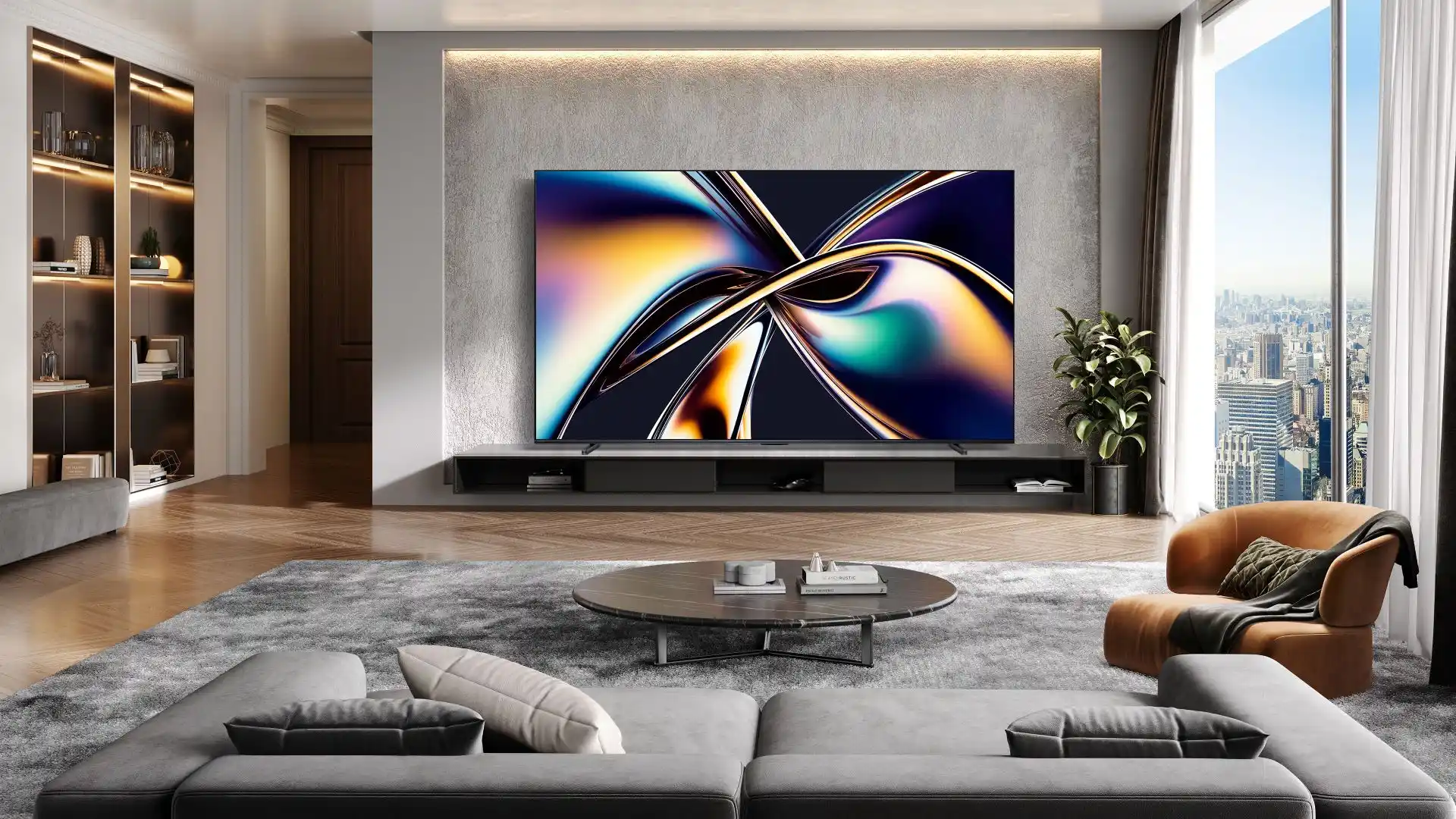UHD vs LED Explained: A Complete Buyer's Guide
LEDs are the future of efficient, affordable lighting. Yet, there is more to them than meets the eye. For display owners, LED billboards have proven to be a boon. They require low maintenance, consume little power, and produce significantly brighter lights. However, it may appear unclear, and the resolution may not feel as impressive. This is where the Ultra High Definition (UHD) screens prove to be a better option. They can produce a resolution that has razor-sharp imagery.
As a buyer, it can be difficult to decide which one to choose from the two. Both of these types of screens have their own advantages and disadvantages. In this blog, we will discuss UHD and LED in detail, so you can choose the one that fits your needs the most.

What are UHDs?
Ultra High Definition (UHD) screens have a larger pixel resolution about 3840 x 2160. This resolution has almost four times the detail resolution of Full HD. This goes a long way in improving visual clarity. UHD screens are typically used by companies that want a higher resolution and clearer picture quality. Industries that require a higher range of detail, like medical imaging or graphic design, often choose UHD screens.
Types of UHD screens
There are about four or five types of UHD screens available. The major ones are 4K UHD and 8K UHD. 4K UHD provides excellent image quality, but for industries requiring even higher resolution, 8K UHD is a better choice.
Features and Benefits
Any UHD screen will give a crisp and clear image quality. This is one of the most noticeable features of Ultra HD screens. It will provide a more detailed and higher pixel density. They can also support larger screen sizes with no image clarity compromise for boardrooms, showrooms, and presentation use. Here are some of the benefits of using a UHD:
- Rich image quality.
- Better audience engagement.
- Terrific versatility for commercial use.
- Provide impact visuals.
What are LEDs?
Light Emitting Diodes (LEDs) are small diodes that produce light when electricity flows through them. They can be modified and used to create more than just one colour. Their use lies more in the commercial and advertising industry. LED displays have excellent efficiency, require little to no maintenance, and can be used outdoors as well.
Types of LED Screens
There are many different types of LED screens available. The variety mostly depends on their use. You can get a curved LED screen, a Direct View LED screen, or LED wall rentals. All of these are equally efficient and easy to install. Their main difference only lies in how they're used.
Features and Benefits
The major feature of the LED screens is that it is extremely bright and can be viewed from a wide angle. This technology also doesn't require too much power. That is why they're a more cost-effective option and offer long-term use. Here are some of the benefits of using LEDs:
- Convenient for commercial use.
- Bright colours and better contrast.
- Audience engagement over large areas.
- Longer lifespan
- Better durability
- Lower maintenance
UHD and LED: A Side-by-Side Comparison
UHD and LED are different display technologies, each with its own role in the display world. Resolution is UHD's most significant selling point, and for LEDs, it's brighter displays for LED advertising boards. Let us look at this table to understand its key differences better:
| Key Difference | UHD | LED |
|---|---|---|
| Resolution | 3840 x 2160 | 1920x1080 |
| Technology | LED Backlight/Self-lit Pixels | Plain LEDs |
| Brightness | Moderate to high | Extremely high and changeable |
| Price | Usually High | Moderately high |
Read more: How to Calculate LED Screen Resolution & Pick the Perfect Display
Which One is Better?
We have compared both the LED and UHD screens side by side. There is no direct answer to the question of which is better. It all boils down to what use you have for the product. Let us look at the major industries, and which one of the two they benefit most from:
- Cinemas and Theaters
Cinemas require a large screen with extremely high resolution. Only UHDs can provide this level of clarity and sharp imaging. Theaters also use UHD screens for movies and commercials.
- Outdoor Advertising
LEDs dominate this industry due to their unmatched brightness. Outdoor advertising, like billboards and curved displays, requires a high level of brightness. Only LED video wall panels can manage this without burning a hole in the owner's pocket.
- Home Entertainment
Mostly OLEDs and HD TVs are used for home entertainment systems. They're not as clear as UHDs, but they can nonetheless provide a striking picture quality.
- Gaming Industry
If it's a personal computer, then LED computer screens are preferred for budget systems. However, if you have a higher budget, you can even get a UHD screen.
Therefore, it ultimately ends up becoming a concern of what use you require of the product. Both of them have amazing advantages and a few, but small disadvantages. You can understand what your needs are first, and then it gets much easier to decide between the two.
Conclusion
Brightness and clarity are two aspects that are very important to screens. There is no single screen that offers both at an ideal price. Therefore, it becomes important to understand what you want from your screen. If it is commercial advertising for a demographic, then LED billboards would be better, but if you require razor-sharp images for cinemas or medical images, then UHDs are better. Both of them have their own pros and cons, but are extremely useful in their respective fields.
